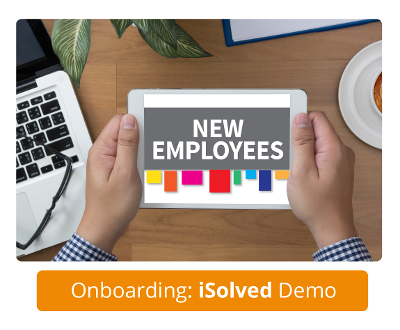More Expensive than You would Imagine
According to a recent survey by the Society for Human Resource Management, the average cost-per-hire is $4,129. However, turnover costs can vary depending on the length of time it takes to fill the role, the importance of the position to the employer, and the employer’s industry. Some costs are easily calculable, such as those of recruiting, hiring and onboarding. Other costs can be difficult to measure, such as the impact of a termination on employee engagement. Easily measurable or not, these costs have serious potential to hurt your bottom line.
Fortunately, many of the costs of employee turnover can be measured and predicted, so you can budget for employee turnover and operate with a reasonable sense of your yearly turnover costs. Here are the main expenses to expect:
Recruiting and Hiring
These costs include the expenses for advertising the open position, background checks, and any pre-employment testing you do. They also include internal operational costs for the time taken to market the job, screen applicants and interview candidates.
Onboarding
Here we have the costs of orientation and training materials, as well as management’s time to provide training and additional supervision to the new employee. New hire paper work can become overwhelming and keeping track of several documents is not ideal.
Staff Burden
Having an empty seat means other employees have to pick up the slack where needed. Depending on your role, they may also have to cover for you while you spend valuable time looking for a candidate to hire. Employees who are forced to cover other shifts and positions besides their own can feel resentment towards the employer and productivity can decrease even more. Even after the new employee is hired, it takes time to train new people. You may even have to plan for overtime so that employees temporarily assigned other job duties can still get their own work done.
Productivity Loss
Let’s face it, even with everyone pitching in and working extra time, productivity will drop. And, after the hire, it will take time for the replacement to reach the former employee’s level of productivity. If the new employee isn't properly trained then productivity will not increase. As it can take on average more than 40 days to fill a position, and longer for the new person to master the role, this productivity gap is no small thing.
Inevitability of Mistakes
Errors are likely to increase when employees are covering the duties of their former coworker and when the new hire is learning to do the job. Employees become fatigued and this causes carelessness and neglectfulness to important details. Especially in a dangerous work environment, employees must be highly focused at all times. These are, unfortunately, a cost of doing business.
Threats of Disengagement
Employee engagement is likely to be low when turnover is high, and if a terminated employee was well-liked, morale might take a momentary plunge after the termination. The first three costs listed above are ones you can and should track. They’ll give you a history of your costs-per-hire and enable you to predict future turnover costs. You can estimate annual turnover costs by adding up these costs for each employee and multiplying the total number by your annual turnover rate.
The latter three costs may, to some extent, be inevitable costs of doing business, but you can minimize those costs by working to decreased turnover. Put thought and effort into your recruiting, hiring, and onboarding procedures so you hire right the right time. Engage your employees and retain them longer by building and maintaining a healthy company culture.
Hiring a new employee isn't cheap; on average employers spend $4,129 dollars for every new hire. This number changes based on industry, location, and the position, but many of the costs are the same: general recruiting costs, time loss by remaining employees, onboarding costs, etc. Some of these costs are just part of doing business, but many of these costs can be avoided by focusing on retention to avoid turnover.
Luckily, there are services that can help predict and cut costs. Platinum Group offers a leading human capital management (HCM) platform, iSolved that manages important human resource functions such as payroll, time and attendance and benefits administration. With Platinum Group's iSolved Hire, companies can track the entire employee life cycle from hire to retire, provide insight to your workforce and drive performance. iSolved Hire makes it easy to leverage employee referrals, customize applications and interview questions, filter through candidates, and conduct interviews, getting you the right candidates to fill your positions. Using iSolved Hire simplifies the hiring process and works easily with the system. Utilizing templates and pushing listings to multiple job boards saves time, allowing your company to focus on the top candidates.
Platinum Group's Onboarding feature allows companies to easily engage new employees. Employers can customize and automate their entire HR process. Employers can build automated workflow processes that includes fully optimizing the way you handle new hire hire paper work, training materials and videos. Companies can provide a seamless training experience with critical company information that can be updated and managed from one central, secure location.
To see a sampling of its capabilities, click on the demo below:
For more information about Platinum Group or to schedule a demo of iSolved please visit our website.
Platinum Group is headquartered in Asheville, NC with locations in Raleigh, NC; Greensboro, NC; and Charlotte, NC.


